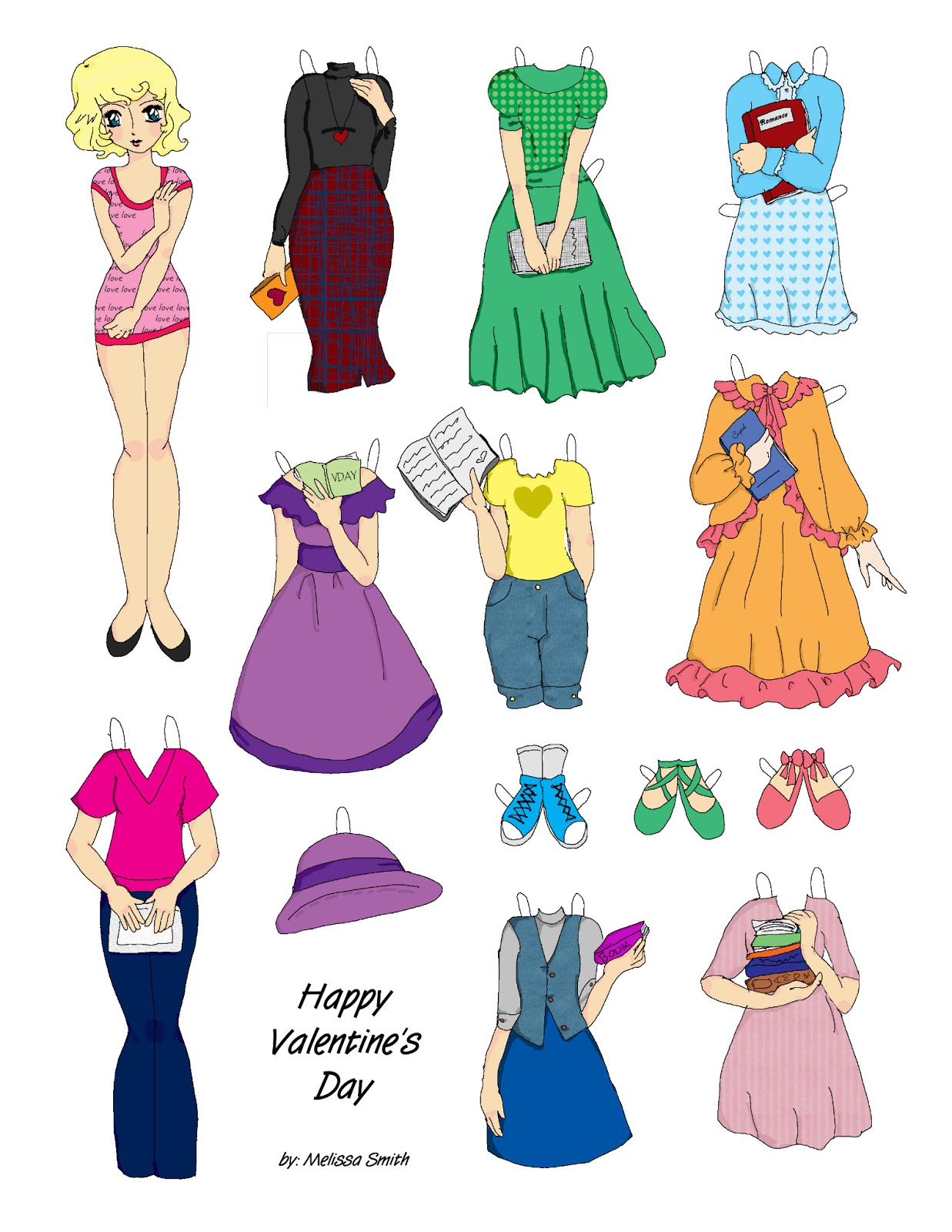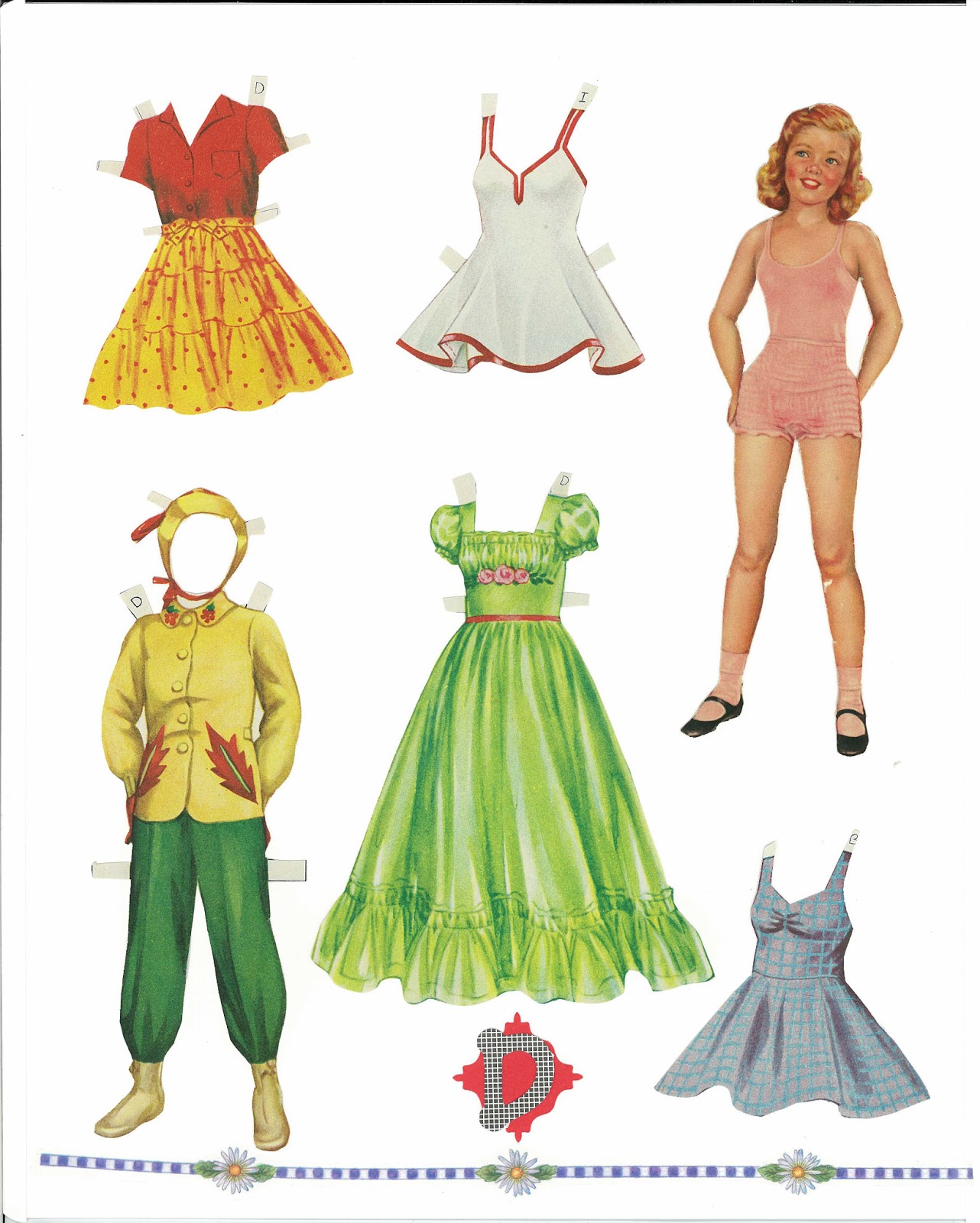Paper dolls have charmed generations with their simplicity, creativity, and boundless potential for storytelling. These cut-out figures, often accompanied by an assortment of outfits and accessories, evoke nostalgia while also serving as an imaginative pastime for children and adults alike. From their origins as handmade playthings to their evolution into collectible treasures, paper dolls hold a unique place in both history and popular culture.
In today’s digital-first world, one might assume paper dolls have faded into obscurity. However, their resurgence as a creative outlet, educational tool, and artistic medium proves otherwise. Whether used in classrooms to teach historical fashion, in therapy for creative expression, or simply for fun, paper dolls continue to captivate audiences across all age groups. Their enduring popularity speaks to their versatility and timeless charm.
This article delves into the multifaceted world of paper dolls, uncovering their rich history, cultural significance, diverse applications, and modern-day relevance. We’ll also explore tips for creating your own paper dolls, highlight their role in education and therapy, and answer some frequently asked questions about these delightful creations. Let’s unfold the story of paper dolls and celebrate their enduring appeal.
Table of Contents
- What Are Paper Dolls?
- History of Paper Dolls
- Types of Paper Dolls
- How to Make Paper Dolls?
- Why Are Paper Dolls Popular?
- Paper Dolls in Education
- Therapeutic Uses of Paper Dolls
- Paper Dolls in Pop Culture
- Collecting Paper Dolls
- Digital Paper Dolls
- Modern Interpretations of Paper Dolls
- How to Care for Paper Dolls?
- Frequently Asked Questions About Paper Dolls
- Conclusion
What Are Paper Dolls?
Paper dolls are flat, two-dimensional figures made from paper or cardstock, often accompanied by paper clothing and accessories that can be attached or placed over the doll. They are typically designed for cutting out and dressing up, providing endless opportunities for creativity and storytelling. While traditionally used as toys, paper dolls have transcended their original purpose to become collectibles, artistic creations, and educational tools.
Paper dolls can depict human figures, animals, or even fictional characters, making them versatile and appealing to a wide range of audiences. They come in various styles, from simple, hand-drawn designs to elaborate, professionally printed sets. Many people enjoy creating their own paper dolls, adding a personal touch to this classic pastime.
History of Paper Dolls
The history of paper dolls dates back centuries, with their origins rooted in various cultures around the world. Some of the earliest examples include hand-painted figures used in traditional ceremonies in Asia. By the 18th century, paper dolls had become popular in Europe, where they were often used to showcase fashion trends and entertain children.
In the 19th and early 20th centuries, paper dolls gained widespread popularity in the United States, thanks to advancements in printing technology. Companies began mass-producing paper dolls, featuring everything from celebrities and historical figures to fictional characters. During this time, paper dolls became a staple of childhood play, as well as a means of promoting products and brands.
Today, paper dolls continue to evolve, with digital versions and contemporary designs expanding their appeal. Despite the rise of digital entertainment, paper dolls remain a cherished form of creative expression and a link to the past.
Types of Paper Dolls
Paper dolls come in a variety of types, each catering to different interests and purposes. Some of the most common types include:
- Traditional Paper Dolls: These feature a basic figure with a wardrobe of outfits that can be cut out and attached.
- Fashion Paper Dolls: Often used to showcase historical or modern fashion, these dolls are popular among collectors and fashion enthusiasts.
- Character Paper Dolls: Depicting characters from books, movies, or TV shows, these dolls appeal to fans and collectors alike.
- DIY Paper Dolls: Handmade or customizable dolls that allow for personal creativity and artistic expression.
- Digital Paper Dolls: Interactive, virtual versions that can be used on computers or mobile devices.
How to Make Paper Dolls?
What materials do you need?
Creating your own paper dolls is a fun and rewarding activity. To get started, you’ll need the following materials:
- Paper or cardstock
- Pencils, markers, or colored pencils
- Scissors
- Glue or tape (optional)
- Decorative materials like stickers, glitter, or fabric (optional)
Step-by-step guide to making paper dolls
Follow these simple steps to create your own paper dolls:
- Draw the outline of a doll on paper or cardstock. You can use a template or create your own design.
- Design and draw clothing and accessories for your doll. Be sure to include tabs for attaching the clothing to the doll.
- Color and decorate the doll and clothing as desired.
- Carefully cut out the doll and clothing using scissors.
- Assemble your paper doll by dressing it in the clothing and accessories you’ve created.
Why Are Paper Dolls Popular?
Paper dolls have maintained their popularity for several reasons:
- Accessibility: They are affordable and require minimal materials, making them accessible to a wide audience.
- Creativity: Paper dolls encourage imaginative play and artistic expression.
- Nostalgia: For many, paper dolls evoke fond memories of childhood.
- Educational Value: They can be used to teach history, fashion, and other subjects in an engaging way.
- Collectibility: Vintage and rare paper dolls are highly sought after by collectors.
Paper Dolls in Education
Paper dolls are a valuable educational tool, offering a hands-on way to learn about various subjects:
- History: Use historical paper dolls to teach about different time periods and cultures.
- Fashion: Explore the evolution of clothing styles through fashion paper dolls.
- Art: Encourage creativity and artistic skills by designing and decorating paper dolls.
- Storytelling: Develop storytelling and communication skills by creating narratives for paper doll characters.
Therapeutic Uses of Paper Dolls
Paper dolls can also be used in therapy and rehabilitation settings:
- Art Therapy: Creating and decorating paper dolls can be a therapeutic activity that promotes self-expression.
- Motor Skills: Cutting and assembling paper dolls can help improve fine motor skills in children and adults.
- Emotional Expression: Paper dolls can serve as a medium for exploring emotions and experiences.
Paper Dolls in Pop Culture
Paper dolls have made appearances in various forms of popular culture, from books and movies to art and fashion. They have been used to represent famous figures, tell stories, and even critique societal norms.
Collecting Paper Dolls
Collecting paper dolls is a popular hobby, with enthusiasts seeking out vintage and rare designs. Collectors often focus on specific themes, such as historical figures, fashion, or characters from popular media.
Digital Paper Dolls
The advent of technology has given rise to digital paper dolls, which can be customized and interacted with on electronic devices. These modern iterations combine the charm of traditional paper dolls with the convenience of digital tools.
Modern Interpretations of Paper Dolls
Contemporary artists and designers have reimagined paper dolls as a medium for artistic expression, creating intricate and innovative designs that push the boundaries of this traditional art form.
How to Care for Paper Dolls?
To preserve your paper dolls, follow these tips:
- Store them in a dry, cool place to prevent damage from humidity and heat.
- Use archival-quality materials for storage, such as acid-free folders or boxes.
- Handle them with care to avoid tearing or creasing.
Frequently Asked Questions About Paper Dolls
What materials are best for making paper dolls?
Cardstock is ideal for making paper dolls, as it is sturdy and easy to work with. Regular paper can also be used, but it may be less durable.
Are paper dolls suitable for all ages?
Yes, paper dolls can be enjoyed by people of all ages. Children love them for play, while adults appreciate their artistic and nostalgic value.
Can paper dolls be used for educational purposes?
Absolutely! Paper dolls are a great way to teach history, fashion, art, and storytelling in an engaging and interactive manner.
How do I preserve vintage paper dolls?
Store vintage paper dolls in acid-free folders or boxes, and keep them in a dry, cool environment. Avoid direct sunlight to prevent fading.
Are digital paper dolls as popular as traditional ones?
Digital paper dolls have gained popularity, particularly among younger audiences and tech-savvy individuals. However, traditional paper dolls remain beloved for their tactile and nostalgic qualities.
Where can I find templates for paper dolls?
You can find free paper doll templates online, at craft stores, or in books dedicated to paper doll design.
Conclusion
Paper dolls are more than just a childhood pastime—they are a versatile and enduring form of art, education, and creativity. From their historical roots to their modern adaptations, paper dolls continue to inspire and delight people of all ages. Whether you’re a collector, an artist, or simply someone looking for a fun and engaging activity, paper dolls offer endless possibilities for imagination and expression. So, grab some paper and scissors, and let your creativity take flight with the timeless charm of paper dolls!
Article Recommendations
- Mitch Mcconnells Pale Man A Deep Dive
- Mitch Mcconnell Vote Your Conscience Key Issues
- Eminems Megan Fox Comments Shocking Details Revealed

